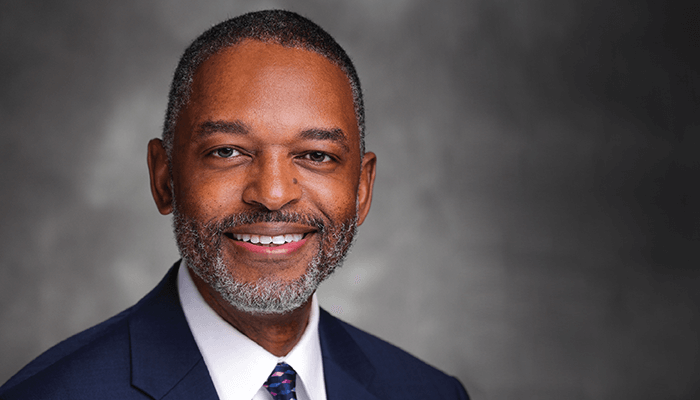
Affecting over three million people in the US, glaucoma is the second leading cause of blindness after cataracts (1). Despite this sobering fact, population-based studies suggest that over half of all glaucoma cases in the United States remain undiagnosed (2). Socioeconomic barriers to accessing sufficient eye care prevents those at risk from seeking treatment, and, crucially, seeking treatment early enough. These issues are only amplifying the growing problem.
Improving access is something I intend to prioritize during my presidency at the American Glaucoma Society (AGS). The AGS recently published an article on the six unmet needs in glaucoma and there is one I would like to place particular emphasis on: the issue of screening (3).
The current problem
Every glaucoma specialist gets asked the same question by new glaucoma patients over and over again: how did my glaucoma get so bad? Unfortunately, our answer is also always the same – we wish we had seen them five years earlier. Although many glaucoma specialists participate in glaucoma screening events, they are particularly low yield. If we do have a concern we will request a follow up appointment and yet – more often than not – the patient just won’t show up. It is clear that something has to change – we need a more effective screening programme to address the growing number of glaucoma patients we see in our clinics.
What can be done?
In 2018, the AGS set up the AGS Cares program: an initiative made up of over 300 AGS members who volunteer to perform glaucoma surgery on patients who cannot afford the costs. Now that the initiative has gained significant traction, my hope is that we can reach out to those volunteers across the country to enable a network of glaucoma screening.
When evaluating our glaucoma patients, we can offer up our screening services to their family members who might well be at significant risk. The nimbleness of the AGS Cares network will allow volunteers to reach those in need wherever they might be located. By leveraging the network we have already established, we can make an even more profound impact on glaucoma management and patient quality of life.
A work in progress
Although the initiative is very much in its infancy stage, I do think that this is a great way we can reach out to those who are at increased risk of glaucoma. The best part is that we don’t have to create something entirely new; we can build on the infrastructure we already have in place through the AGS Cares program and really make a difference to so many lives.
References
- K Allison et al., “Epidemiology of Glaucoma: The Past, Present, and Predictions for the Future,” Cureus, [Online ahead of print] (2020). PMID: 33391921.
- R Susanna Jr et al., “Why Do People (Still) Go Blind from Glaucoma?,” Transl Vis Sci Technol, [Online ahead of print] (2015). PMID: 25767744.
- J C Downs, D Fleischman, Ophthalmol Glaucoma, 5, 465 (2022). PMID: 35331675.
